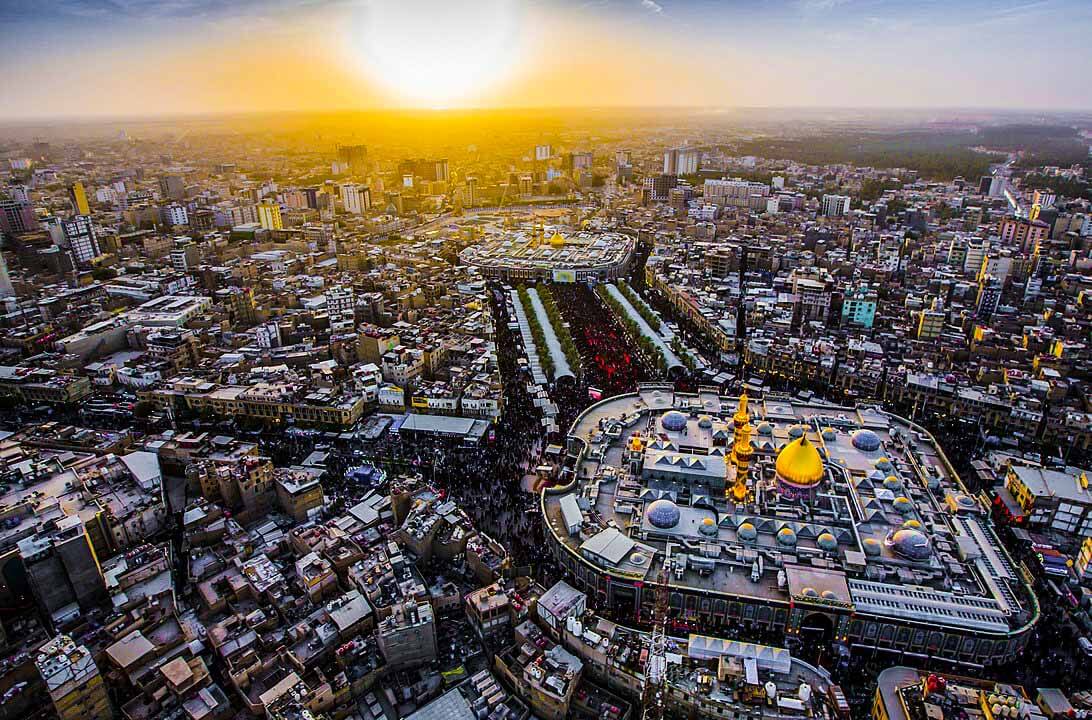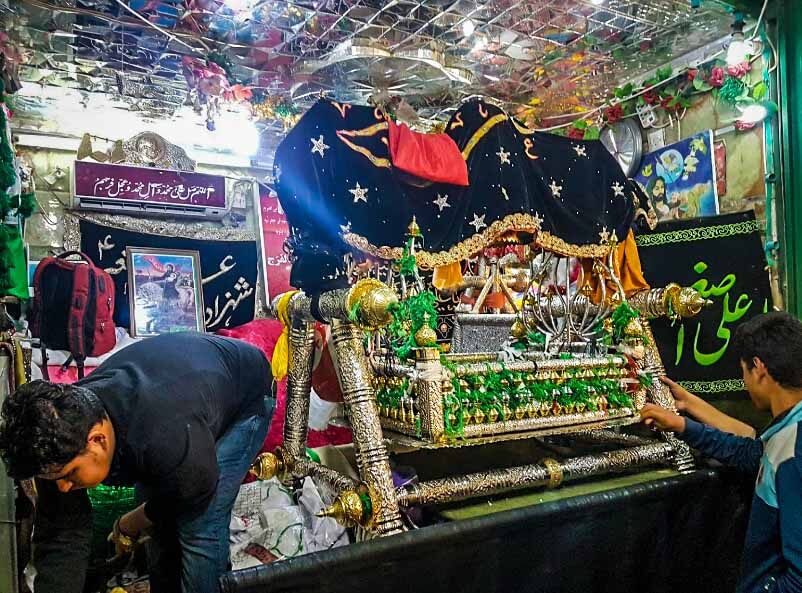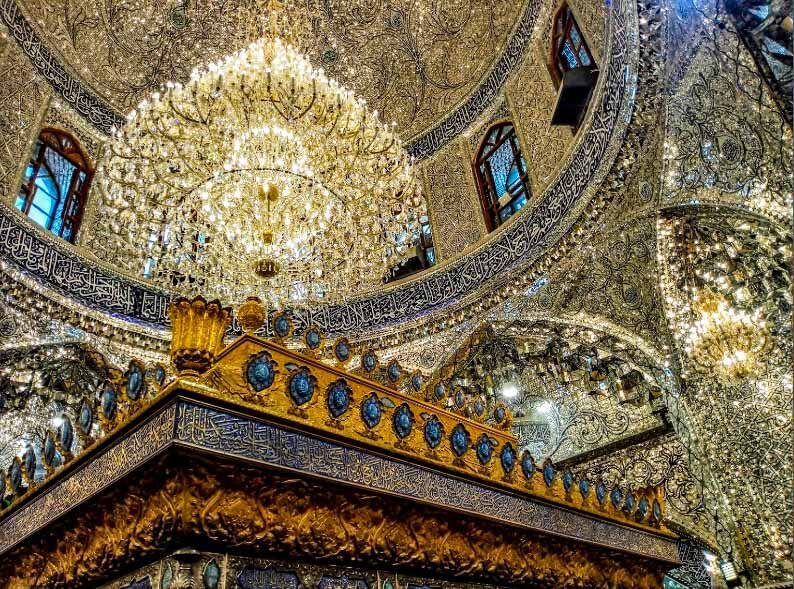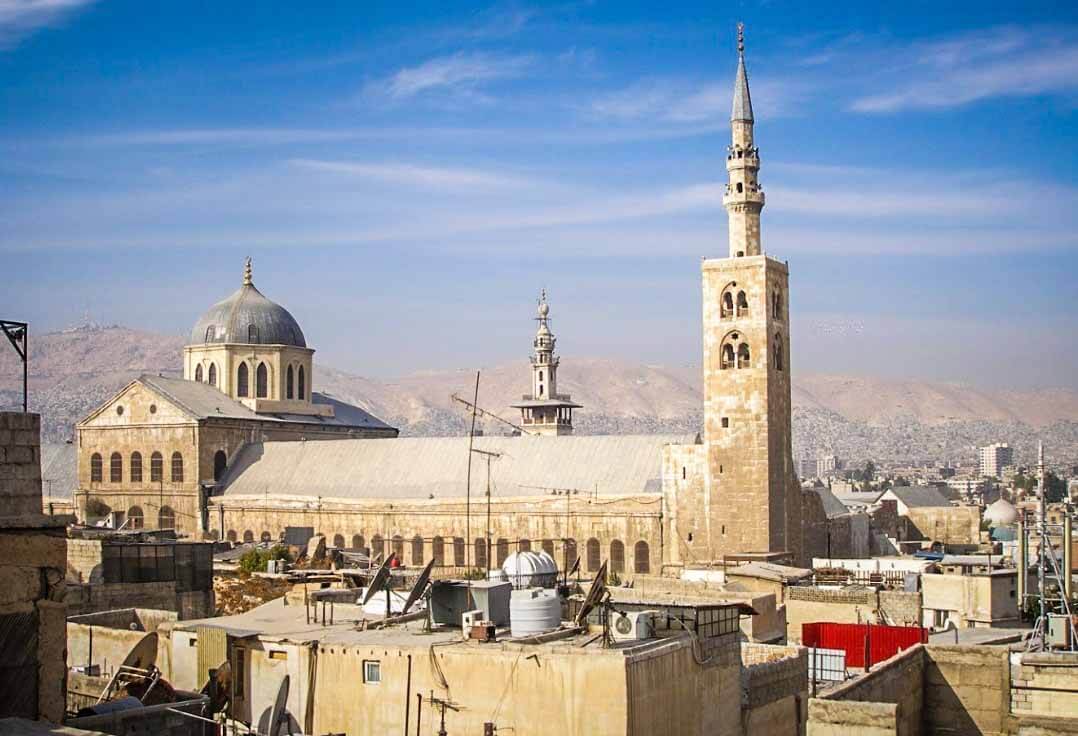Karbala, Iraq
Coordinates: 32.616469, 44.032377
Among the most atrocious acts committed in modern Islamic history has been the sack of Karbala in 1802.
The Wahhabi sack of Karbala occurred on 21 April 1802 (1216 Hijri) under the rule of Abdul-Aziz bin Muhammad the second ruler of the First Saudi State.
Approximately 12,000 Wahhabis from Najd attacked the city of Karbala. The attack coincided with the anniversary of Ghadir Khum event, or 10th Muharram.
Wahhabis killed 2,000 of the inhabitants and plundered the tomb of Hz. Husayn ibn Ali رضي الله عنه, grandson of Prophet Muhammad ﷺ and son of Hz. Ali ibn Abi Talib رضي الله عنه and destroyed its dome, seizing a large quantity of spoils, including gold, Persian carpets, money, pearls, and guns that had accumulated in the tomb, most of them donations.
The attack lasted for eight hours, after which the Wahhabis left the city with more than 4,000 camels carrying their plunder.
Following the teachings of Ibn Taymiyya, the Wahhabis “sought to return to the fundamentals of the tradition – the Quran, the Sunna, and the Hanbali school’s legal positions.”
Describing the event as “a horrible example of Wahhabis’ cruel fanaticism in the terrible fate of [mosque of] Hz. Imam Husayn رضي الله عنه,” Rousseau, who was residing in Iraq at the time, wrote that an incredible amount of wealth, including donations of silver, gold, and jewels to Hz. Husayn ibn Ali’s رضي الله عنه shrine and those brought by Nadir Shah from his India campaign, was known to have been gathered in the city of Karbala.
According to Rousseau, 12,000 Wahhabis attacked the city, set fire to everything, and killed old people, women, and children. “… when ever they saw a pregnant woman, they disembowelled her and left the foetus on the mother’s bleeding corpse,” said Rousseau.












